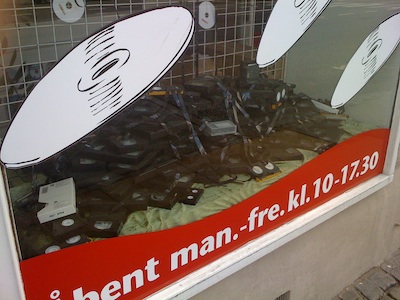You Don’t Need A Website! http://bit.ly/bZVc3C
Interesting post about the many connections a project or marketing website needs:
Now, you might want to build a website that allows your customers to access your data (content, video, audio, text, graphics, pictures, etc.). But you will also need an easy way to supply their needs on smart phones, app phones, cell phones, landline phones, netbooks, notebooks, slates, tablets, iPads, iPods (separate because they are not flash compatible) and a whole host of other devices that are out there and that are yet to be invented. You’re going to have an App vs. WAP debate, and sadly, you’re going to decide that you need to create both consumer experiences. You might also have to supply your video to broadcast television, cable television, satellite television, on demand systems (online and offline), IPTV and even lowly YouTube. Audio may go to traditional radio, podcasts, online distributors, iTunes, Rhapsody, Pandora and a thousand others. This list of deliverables is not endless but it is frighteningly long and it is getting longer every day. And, it won’t come out of a website, it will come out of a database that can be accessed by a plurality of devices in a plurality of ways.
The most important part is that data – in a database.
